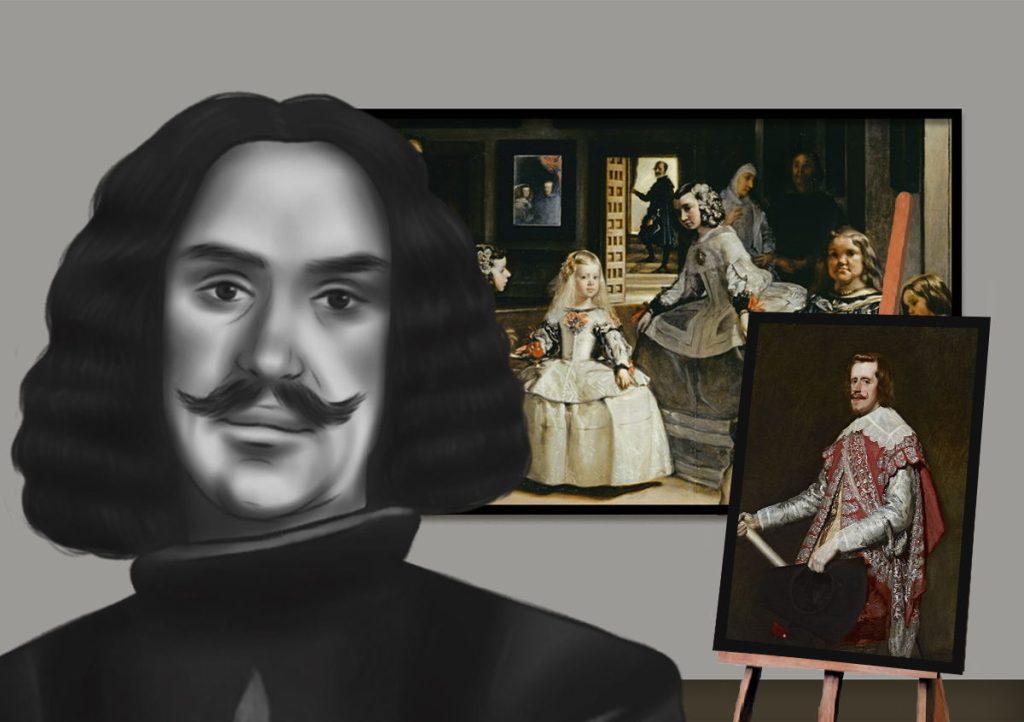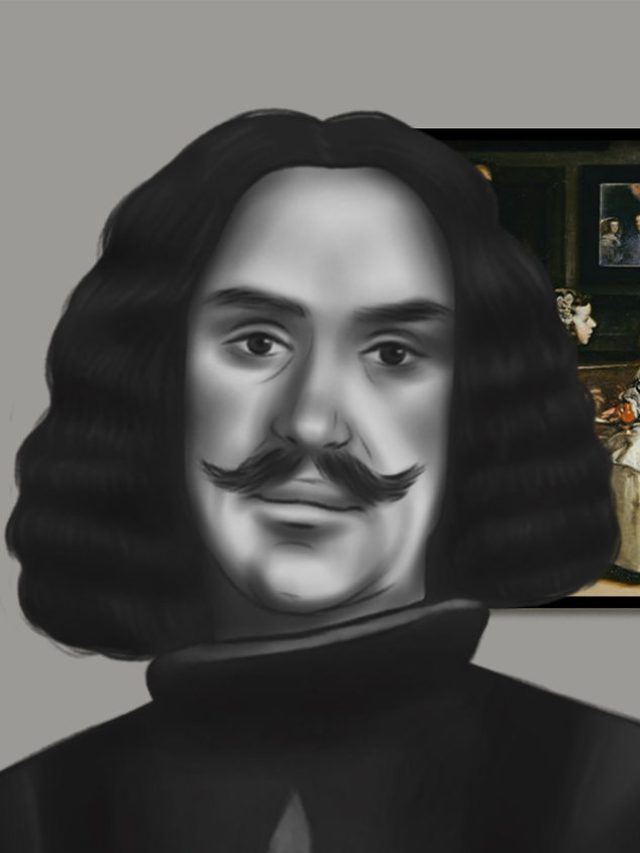Introduction
Art history is filled with magnificent moments which celebrate the enigmas of mind and society. One of those enigmas belongs to Diego Velazquez. Diego Velázquez’s Las Meninas was painted in 1656 and still enthrals contemporary audiences. At present, it is displayed in the Museo del Prado in Madrid. The intricate composition takes the viewer on a visual and intellectual journey. A trailblazer in the realism movement, the intermingling of gaze and narrative captivates global audiences.
The Setting of Las Meninas Painting
The painting is set in the Alcázar of Madrid, the royal palace of King Philip IV of Spain. The main character in the painting, Infanta Margarita Teresa, the king’s daughter, is put at the centre. Around her a gaggle of ladies-in-waiting or ’meninas’ wait, catering to her whimsies. Spanish painter of the painting – Diego Velázquez is also present, occupying the left. In his hand he holds a brush and palette, gazing into the viewer’s eyes and therefore, their soul. The background comprises a mirror reflecting the images of King Philip IV and Queen Mariana.
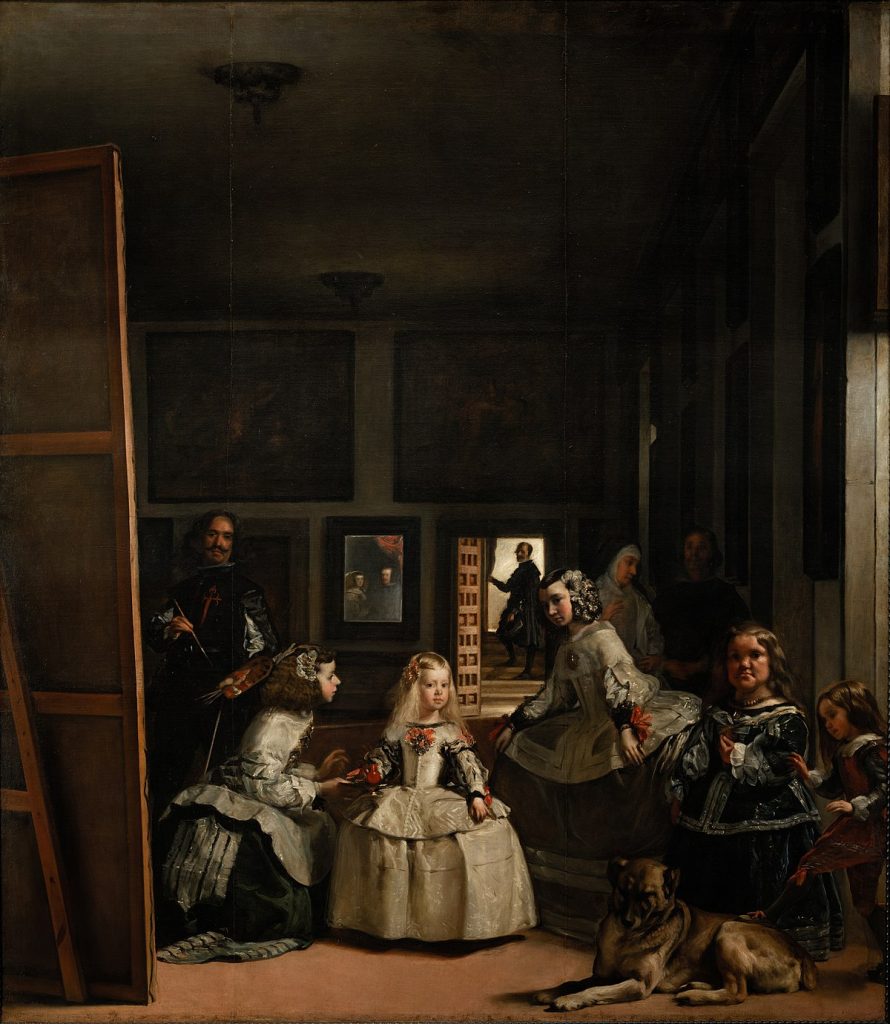
The Auteur’s Gaze in Las Meninas
A traditional portrait describes a person or a moment. Seldom a painter would create his own portrait (as is the case with Edvard Munch). In Las Meninas, the inclusion of Diego Velazquez is an intriguing concept, one which plays on the definitions of gaze. While almost every character in the painting is at the behest of Infanta Margarita Teresa, Velazquez looks elsewhere, suggesting an awareness of the viewer. The Infanta and ‘meninas’ look outward – indicating someone entering the room. The mirror reflects part of the royal couple, gazing elsewhere. This intertwined web of gazes creates a dynamic and participatory experience for the audience.
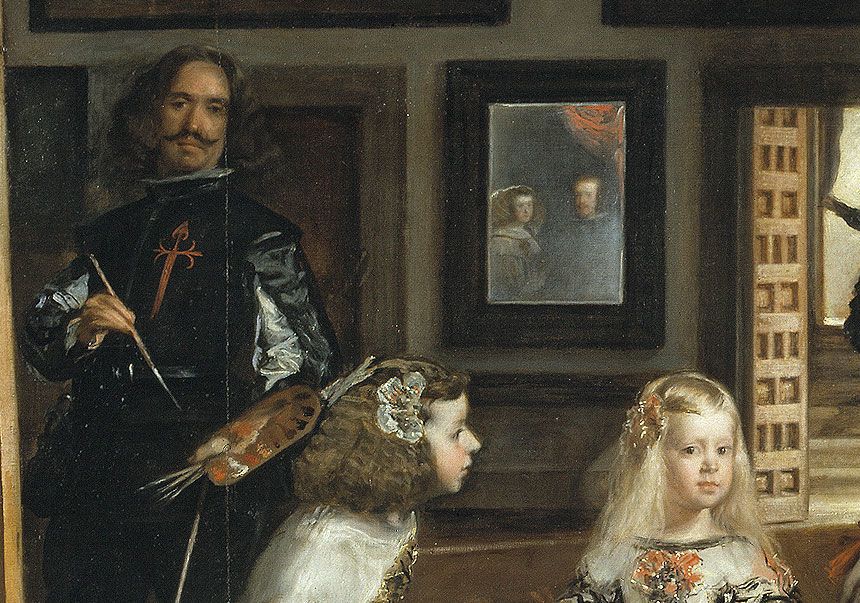
Where There is Light, There is Shadow!
In Las Meninas’s painting, Velazquez skilfully manoeuvres light and shadow to his advantage. The figures are illuminated by the natural light entering through the orifices of the room. It instils a sense of realism in these subjects as they exist on the three-dimensional plane. The composition is further added depth as the clothes are exaggerated with the light. The same applies to the reflective surface, which adorns the backdrop.
The Symbolism and Allegory in Las Meninas by Diego Velazquez
Diego Velazquez has embedded sufficient allegories and symbols in his painting, ‘Las Meninas.’ The presence of the dog connotes loyalty and fidelity. It symbolizes the close-knit Habsburg family. Maribarbola, another lady in waiting, a dwarf holds a dueling scar. It symbolises her devotion to the family – a sense of sacrifice. The inclusion of the royal couple, parents to Infanta Margarita Teresa, signifies their ubiquitous presence throughout Spain. It is also a display of omnipotent power and authority.
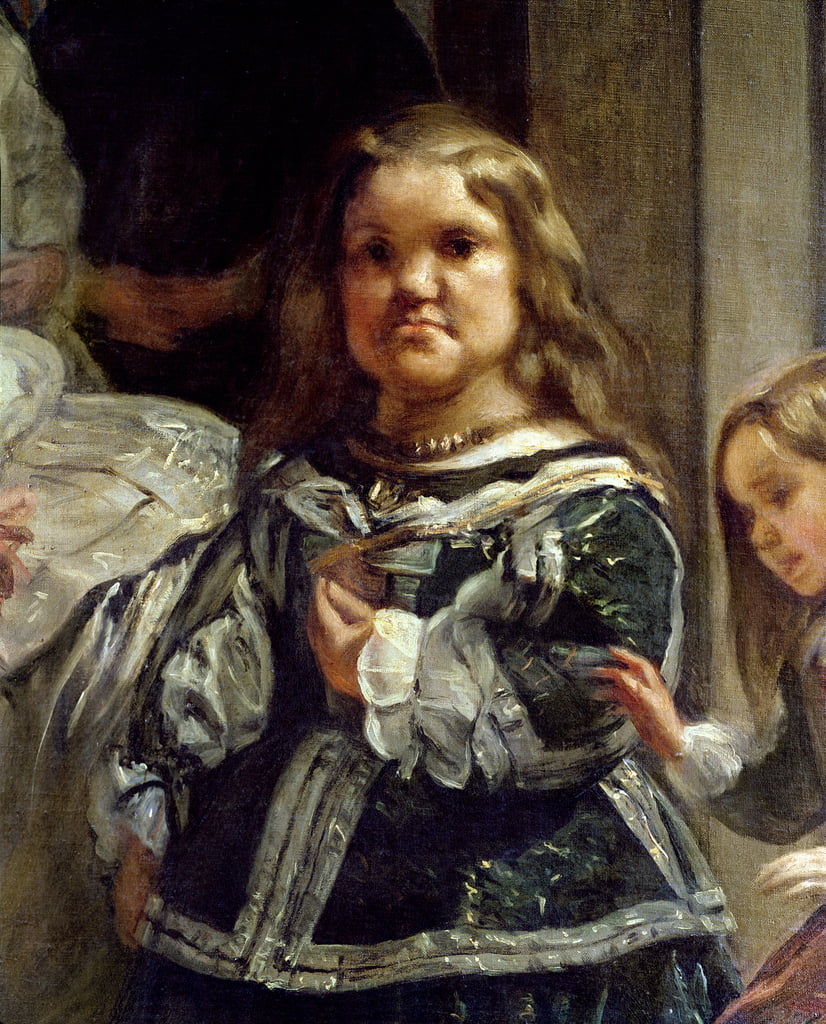
In case of Trouble, Refer to the Artist
In Las Meninas paintings, even though Velazquez is not the central figure, the eyes travel to him. His inclusion in the painting sparked some controversies. To some, it seems to be an ego-booster, whereas others consider the act to be a social commentary on the nature of art and representation.
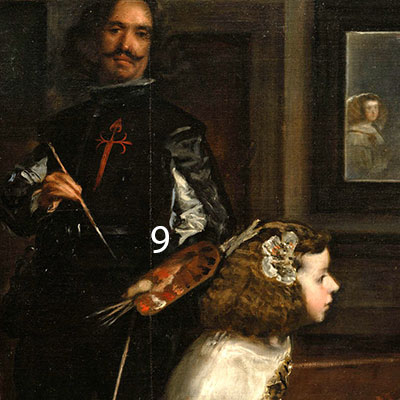
Feature ImageCourtesy – The Art Story

